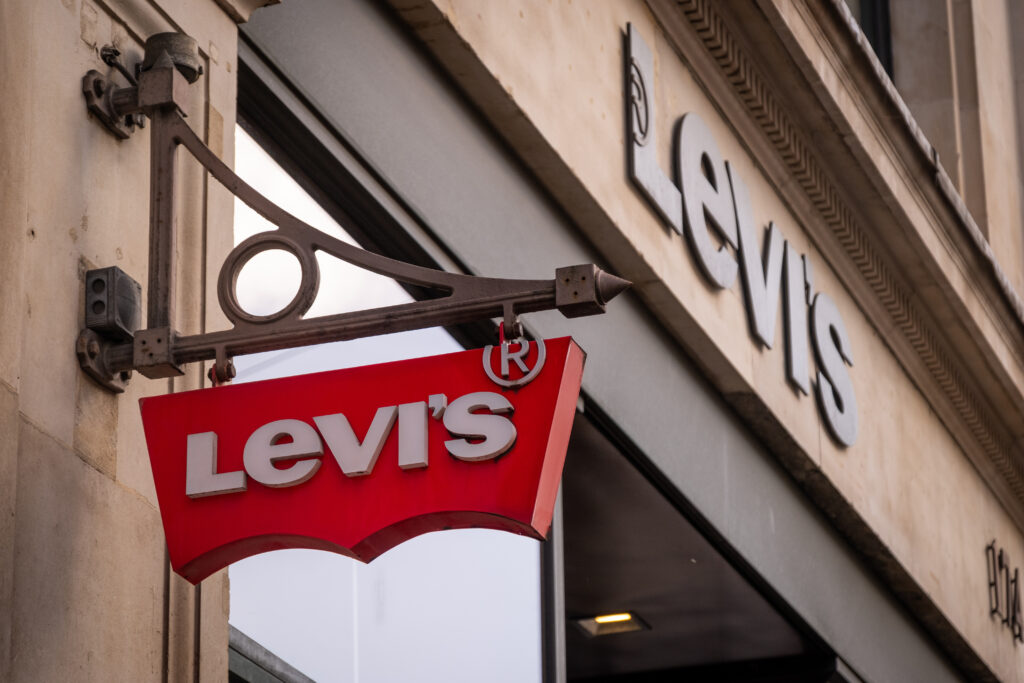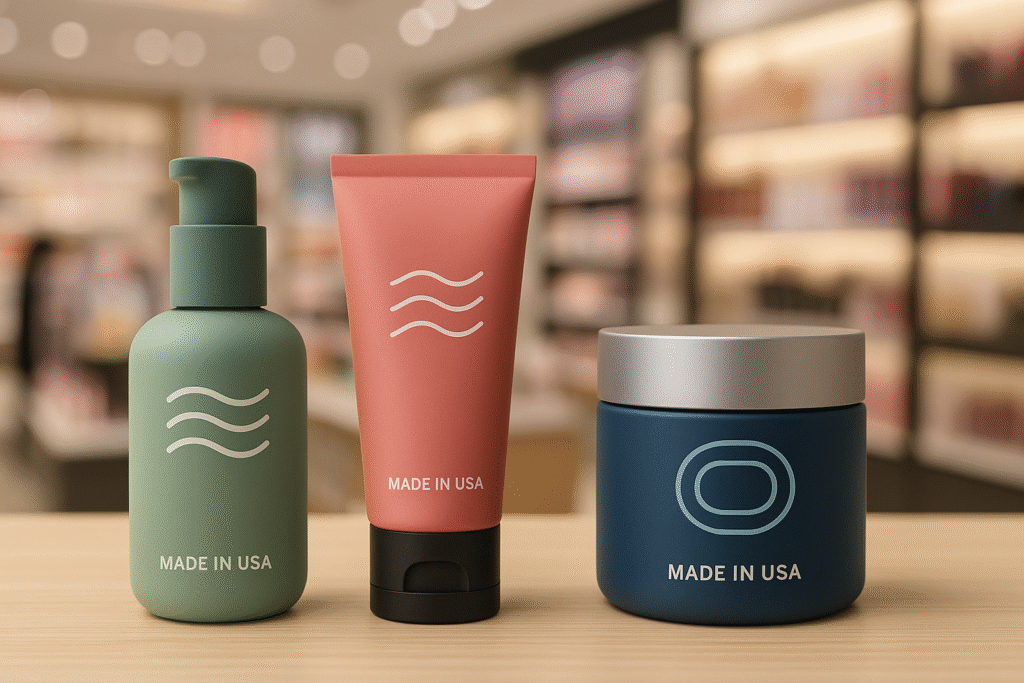Nearshore News: EU and Mexico Face U.S. Tariffs, Levi’s Adjusts, and Fashion Brands Call for Clarity

A sweeping 30% tariff on goods from the European Union and Mexico marks another sharp turn in U.S. trade policy, sending fashion brands—and entire industries—into planning chaos. While the EU delays retaliation and Mexico races to negotiate, companies like Levi Strauss are already adjusting holiday strategies. For fashion leaders navigating volatile sourcing costs, the stakes are rising fast.
Nearshore News Summary:
- President Trump announced a 30% tariff on goods from the European Union and Mexico starting August 1. (NYT)
- The European Union extended the suspension of its planned retaliatory tariffs in hopes of reaching a deal before August 1. (Time)
- To mitigate tariff costs, Levi Strauss is removing slower-selling styles from its holiday lineup, focusing on high-demand products. (Reuters)
- Fashion brands are struggling to plan sourcing and production because tariff rates and deadlines keep shifting. (Vogue Business)
President Announces 30% Tariffs on E.U. and Mexico
Published: July 12, 2025
Source: NYT
President Trump announced a 30% tariff on goods from the European Union and Mexico starting August 1, abruptly ending months of trade talks. The move threatens major industries in Europe and puts pressure on Mexico, which is still negotiating to avoid economic harm. Trump warned that any retaliation would trigger even higher tariffs.
Key points:
- Steep 30% Tariffs Announced: President Trump declared a 30% tariff on imports from the European Union and Mexico, starting August 1, despite ongoing negotiations that had aimed for lower tariff rates around 10%.
- Threats of Higher Retaliatory Tariffs: Trump warned that if the EU or Mexico retaliate with their own tariffs, the U.S. would increase the 30% rate further.
- Impact on European Industries: EU officials, who had been working toward exemptions for major exports like cars, wine, and pharmaceuticals, now face new uncertainty that threatens key industries and transatlantic supply chains.
- Mexico’s Ongoing Negotiations: Mexico’s economy minister led talks in Washington to secure a comprehensive deal covering trade, border security, and fentanyl trafficking. President Claudia Sheinbaum remains optimistic a deal could be reached before tariffs take effect.
- Global Trade Tensions Escalating: The tariff move follows Trump’s earlier threats against Canada, Brazil, Japan, and South Korea, signaling an aggressive U.S. trade policy that could provoke coordinated retaliation from multiple global trading partners.
E.U. Delays Retaliatory Measures Against U.S. In Hopes of Reaching a Deal by Aug. 1 After Trump Announces 30% Tariff
Published: July 13, 2025
Source: Time
The European Union has delayed retaliatory tariffs in hopes of reaching a deal before Trump’s 30% tariffs on EU goods start August 1. European leaders warn of economic harm but remain open to talks, while Trump threatens higher tariffs if the EU retaliates.
Key points:
- EU Postpones Retaliation: The European Union extended the suspension of its planned retaliatory tariffs, keeping negotiations open until early August despite Trump’s 30% tariff announcement.
- Trump’s Tariff Threats Escalate: Trump announced a 30% tariff on EU imports citing trade deficits.
- European Leaders Push Back: Leaders like Macron and von der Leyen criticized the tariffs, stressing readiness to defend European interests and prepare countermeasures if no deal is reached.
Levi Strauss limits selection for holiday shopping season due to tariffs
Published: July 11, 2025
Source: Reuters
Levi Strauss is cutting less-popular styles from its holiday lineup to avoid tariff costs and protect profits. Like other brands, it’s streamlining products to reduce markdowns and navigate higher import costs from U.S. tariffs on countries like China and Vietnam.
Key points:
- Levi’s Cuts Product Range: To mitigate tariff costs, Levi Strauss is removing slower-selling styles from its holiday lineup, focusing on high-demand products.
- Tariffs Drive Strategy: U.S. tariffs on countries like China and Vietnam are pushing companies to rethink supply chains and reduce the variety of goods imported.
- Profits and Margins Improve: Levi’s operating margin rose to 7.5% from 1.5% last year, partly thanks to tighter inventory control and fewer markdowns.
- Other Brands Doing the Same: Companies like Nike, Hasbro, and Coach have similarly cut back on product lines, favoring top-selling items to simplify assortments and save costs.
- Broader Retail Impact: Smaller sellers and major retailers alike are reducing SKUs, especially ahead of key shopping events like Black Friday and Prime Day, to protect margins and manage tariff impacts.
Fashion faces more uncertainty with new tariff announcements
Published: July 9, 2025
Source: Vogue Business
Journalists: Madeleine Schulz
Fashion brands face growing uncertainty as Trump’s shifting tariff plans threaten costs and disrupt supply chain decisions. With rates as high as 55% looming from August 1, companies struggle to plan, while industry leaders call for clear, stable trade policies to protect retailers and workers.
Key points:
- Tariff Uncertainty Disrupts Fashion Planning: Brands are struggling to plan sourcing and production because U.S. tariff rates and deadlines keep shifting, leaving little clarity for the fashion industry.
- High Tariffs Threaten Costs: Fashion goods from countries like China face tariffs up to 55%, increasing production costs that may be passed to consumers, especially during peak seasons.
- Vietnam Offers a Glimmer of Stability: Vietnam secured a 20% tariff rate with the U.S., giving fashion brands some certainty amid otherwise turbulent trade conditions.
- Supply Chain Changes on Hold: Fashion companies hoping to adjust manufacturing locations are forced to delay decisions as new tariff rates and deadlines remain in flux.
- Industry Leaders Demand Clarity: The American Apparel and Footwear Association urges the U.S. government for clear, detailed trade policies instead of shifting announcements, warning of broader impacts on retailers and 3.6 million industry workers.
More blogs


